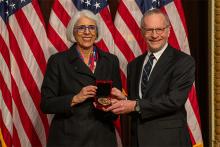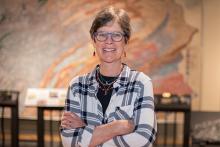Richard Alley, Evan Pugh University Professor of Geosciences at Penn State, was awarded the National Medal of Science at a White House ceremony on Jan. 3.
Australia's forest ecosystems, renowned for their extraordinary diversity of rare plants and animals, also play a vital role in mitig
This summer, a group of Penn State professor Susan Brantley’s former graduate students organized a special session at the prestigious
Tohoku University, one of Penn State's strategic partners, recently invited Lee Kump, dean of the College of Earth and Mineral Scienc






